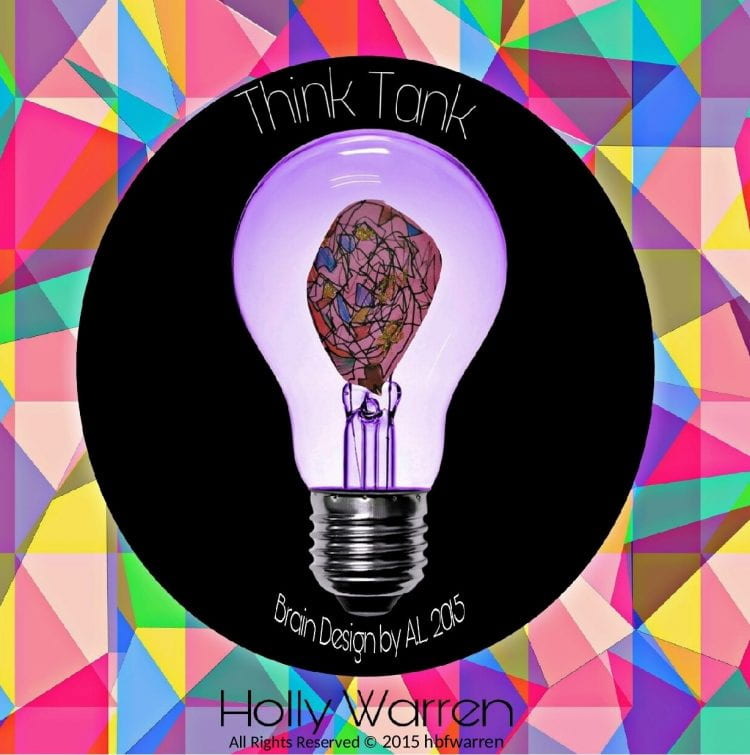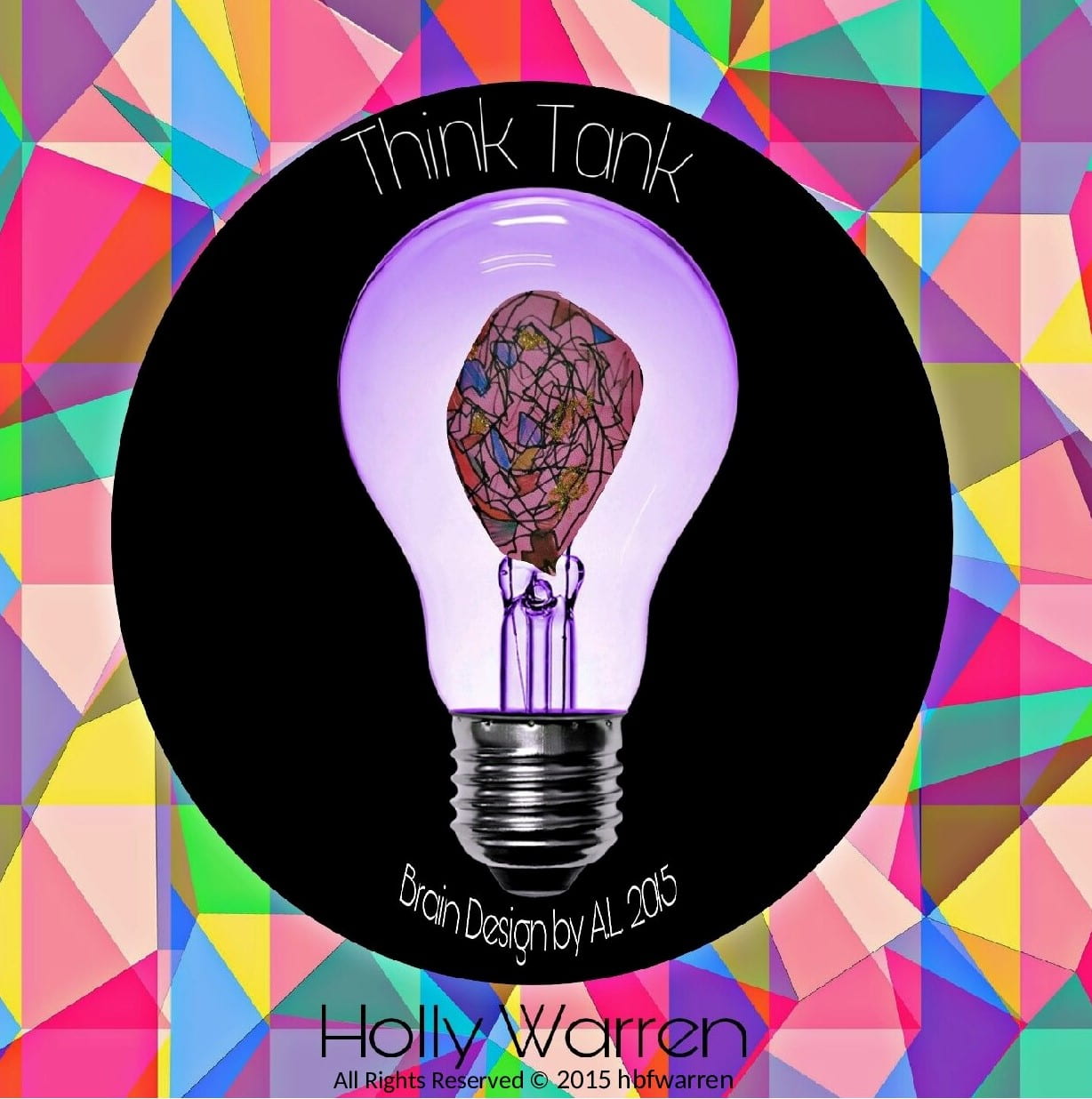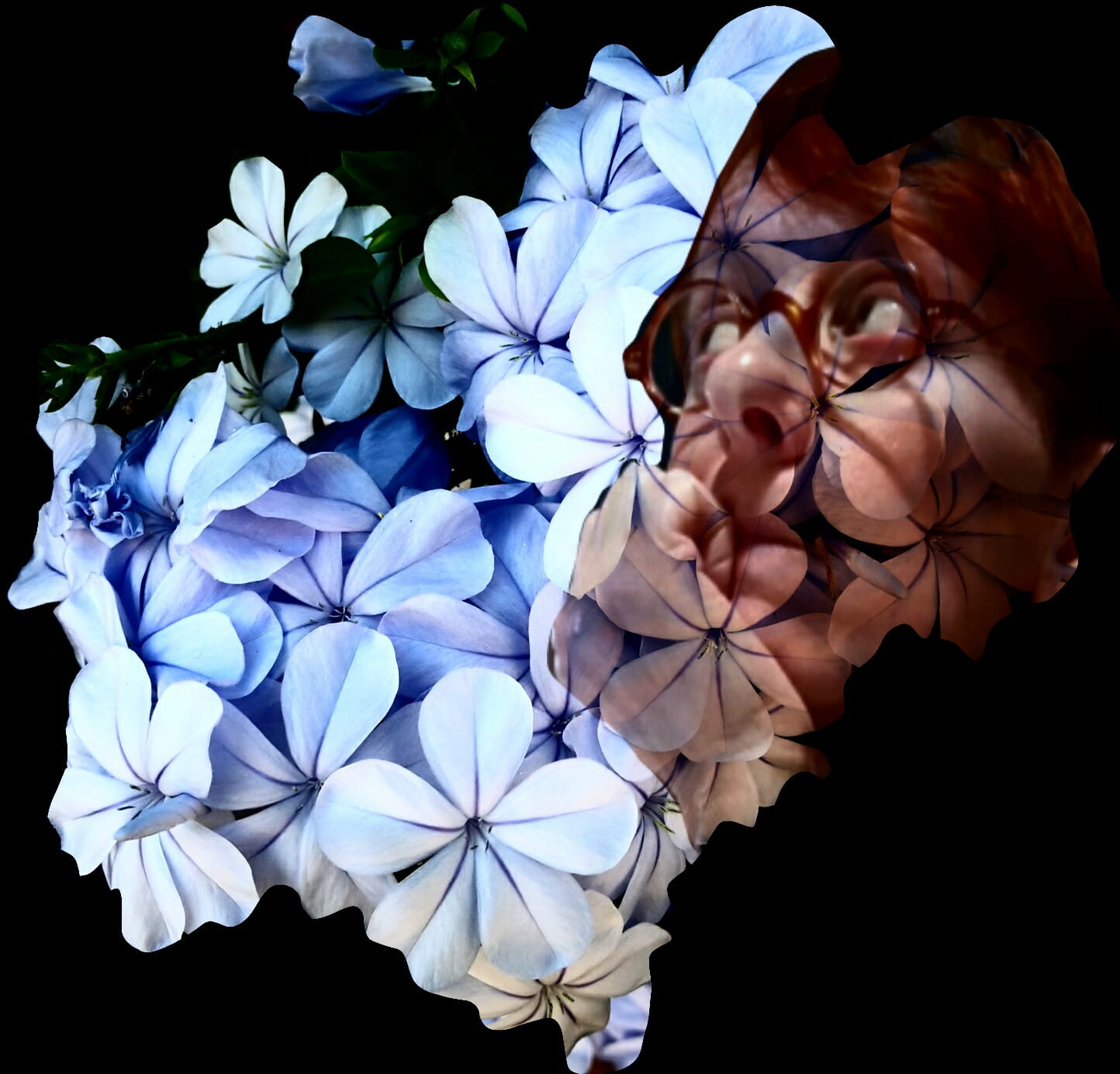 By Holly BF Warren (Atelierista and creator of the Think Tank)
By Holly BF Warren (Atelierista and creator of the Think Tank)
The Think Tank (Warren, 2019) environment is a setting created to celebrate, stimulate, enhance and develop creativity through connections. It is designed by the students and the atelierista/art studio teacher. Initially inspired by Loris Malaguzzi’s educational approach, where the child freely expresses his/her ideas, interests, concepts and theories and sets the ground for exploratory adventures. It has evolved into what the children have described as “the place where your ideas come true.”
A young student in Y2 aged 7 years old wrote.
The Think Tank is full of ideas,
If you listen with your ears, just peer through here,
And maybe you will see a pear,
You will see oysters and monsters.
But don’t worry you don’t need to say sorry.
Now watch this film (Ripples) and you will be surprised
With what your child has learnt. (G.C, 2019)
This spontaneous creative piece blossomed from the student’s mind at no request, it was presented as a gift.
What is the Think Tank?
The Think Tank never requests, it proposes, shares, presents and inspires its community through an ecology of education. A constant interaction with the human and physical environment.
It provides and researches a vast selection of materials that are either sourced locally or brought by the community through personal collections. All such items are recycled or upcycled and then repurposed. Language, movement and sound are part of these materials and used to enhance, document and create narratives. Music has become an essential ingredient in inspiring a calm and meditative ambience. Pieces of tranquil ambient music decorate the soundscapes, not only stimulating alpha waves but acting as a platform for connections and ideas. Findings by Domantė Kučikienė and Rūta Praninskienė, (Kučikienėand Praninskienė, 2018) have proven that listening and perceiving music at alpha frequency can impact positively on cognitive processes. Furthermore, according to researcher Barbara Fredrickson (Fredrickson, 2009) music produces a state of mind that enhances play and exploration broadening possibilities.
The Think Tank environment aims at stimulating connections to diverse dialogues creating a cultivated culture for the growth, development and evolution of projects. As Chuck Palahniuk says,
“Nothing of me is original, I am the combined effort of everyone I’ve known.” (Palahniuk, 1999)
When Think Tank first opened its doors to students aged 5 yrs, the most immediate and spontaneous question was, “What do we do in the Think Tank?” and child responded with great confidence “We think with our brains!” So, the atelierista asked, “What does the brain look like?” “Well, of course it looks like this!”
A.L. drew the brain highlighting that the golden dots are the thoughts that move around.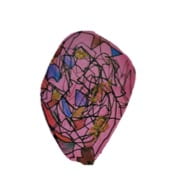
This artwork then inspired the Think Tank Logo which wants to illustrate the processes and educational approach that are celebrated namely, thoughts, ideas, concepts, theories as journeys toward shedding light on knowledge that stems from the children’s creative minds and are then shared, collated and arranged to draw attention on multiple perspectives that make us the unique being that we are.
How Think Tanks Sessions Unfold
Students come in small groups of 6 to 12 once a week for 40 mins at a time and gather where they spontaneously choose. This could be at one of the tables, which come in different heights which have been designed by them or on a mat. After a warm and individual welcome there is a moment of free sharing of thoughts, ideas, experiences and questions. This can then be brought further and encompassed in the work/play/experience that was previously done or it can come to a close and saved for further insights. Each class has a box of treasures which contains what they are working on. This can take the form or artwork, written pieces, materials that have been selected and ideas that although invisible are ready to blossom.
The atelierista works as a facilitator/juggler/collector/celebrator/magician that joins thoughts, ideas, experiences into visible pieces that come alive with the contribution of all students and is then displayed for other groups to see, question, admire and possibly add to.
Learning comes as a journey that starts with what the children know and then builds on what wants to be discovered allowing personal perspectives to find allocation in the process. There are no right or wrong answers just opinions and considerations that find their own way to truth, make it temporary of enduring.
Children’s imagination is like fertile ground where the most fascinating forest of ideas grows. It is populated with what is encouraged to live and thrive in it. Creatures of all kinds and species, flowers and trees that bare the most colourful and beautiful blossoms and underground a world wide web of connections that we can call the subconscious creates the connections that allows the forest to thrive and expand.
Adults need to nourish this ecosystem of wonder and possibilities acknowledging the power of our creative spirit. There is space for all in this forest from the old Oak tree to the new-born bud and growth comes from sharing their immense resources.
“The Think Tank is a place where we make things that are in our minds.”
“It is like a door… into your imagination.”
The Think Tank Environment
Over the years it has changed and will continue changing as the community mould it to reflect its life.
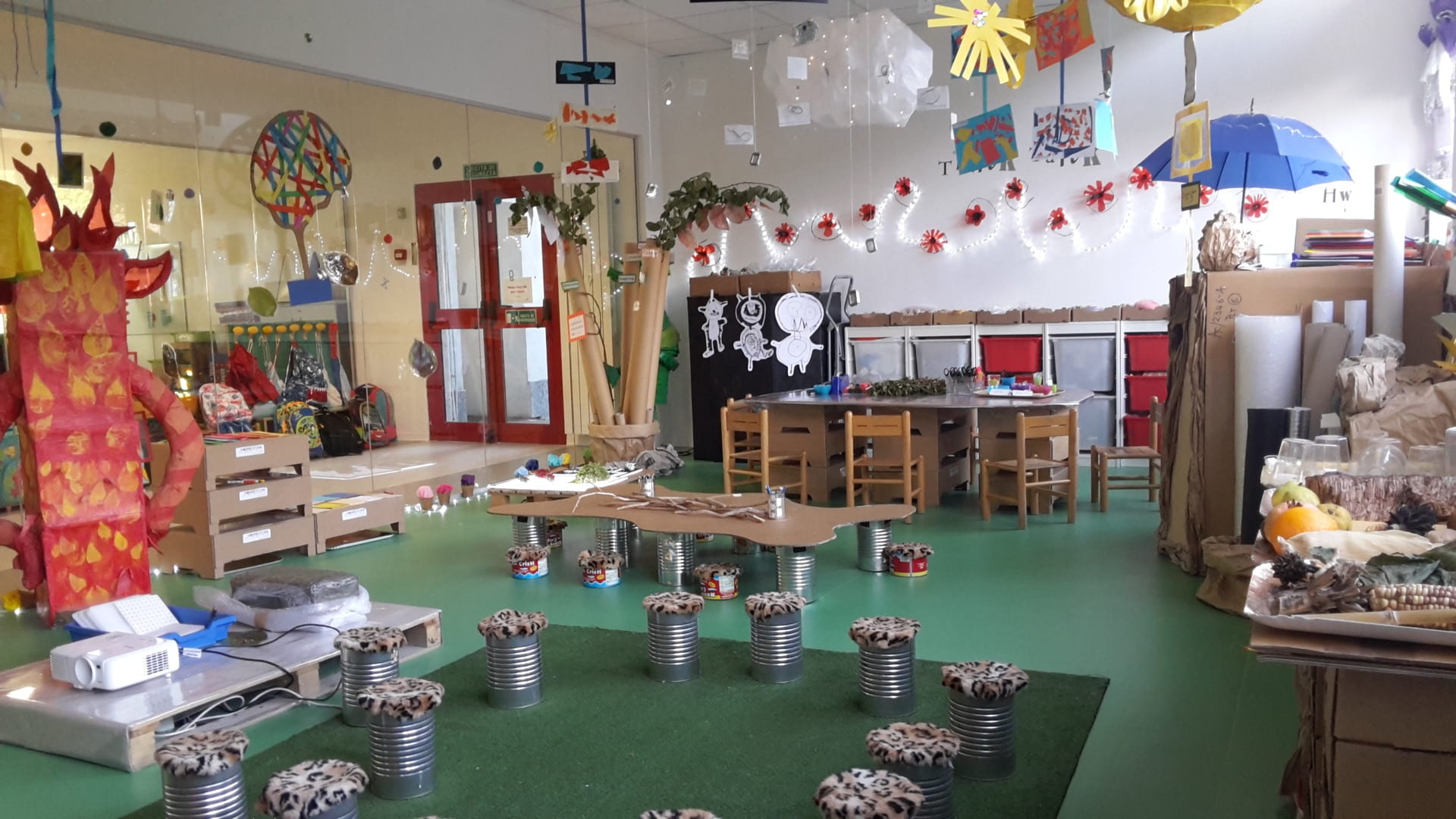
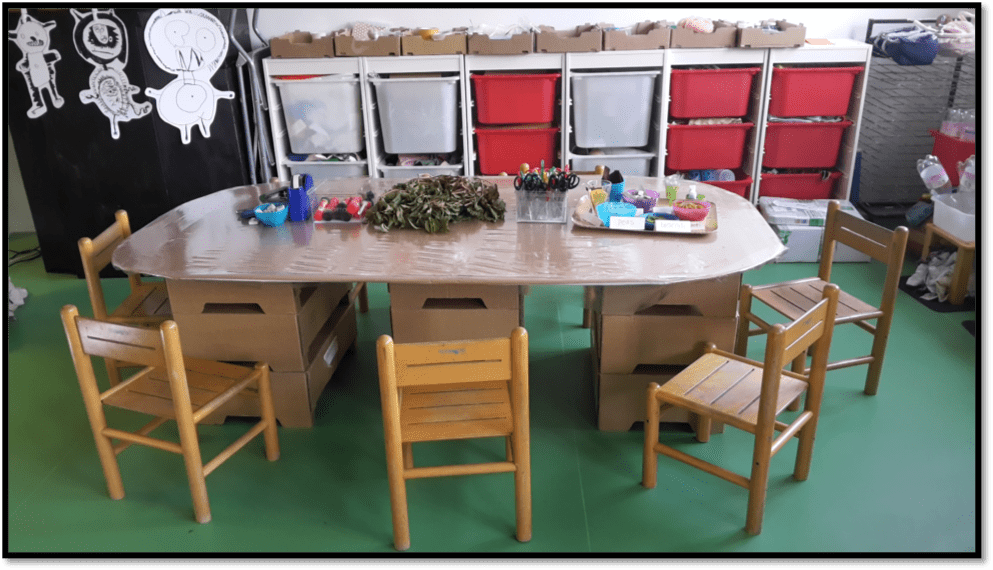
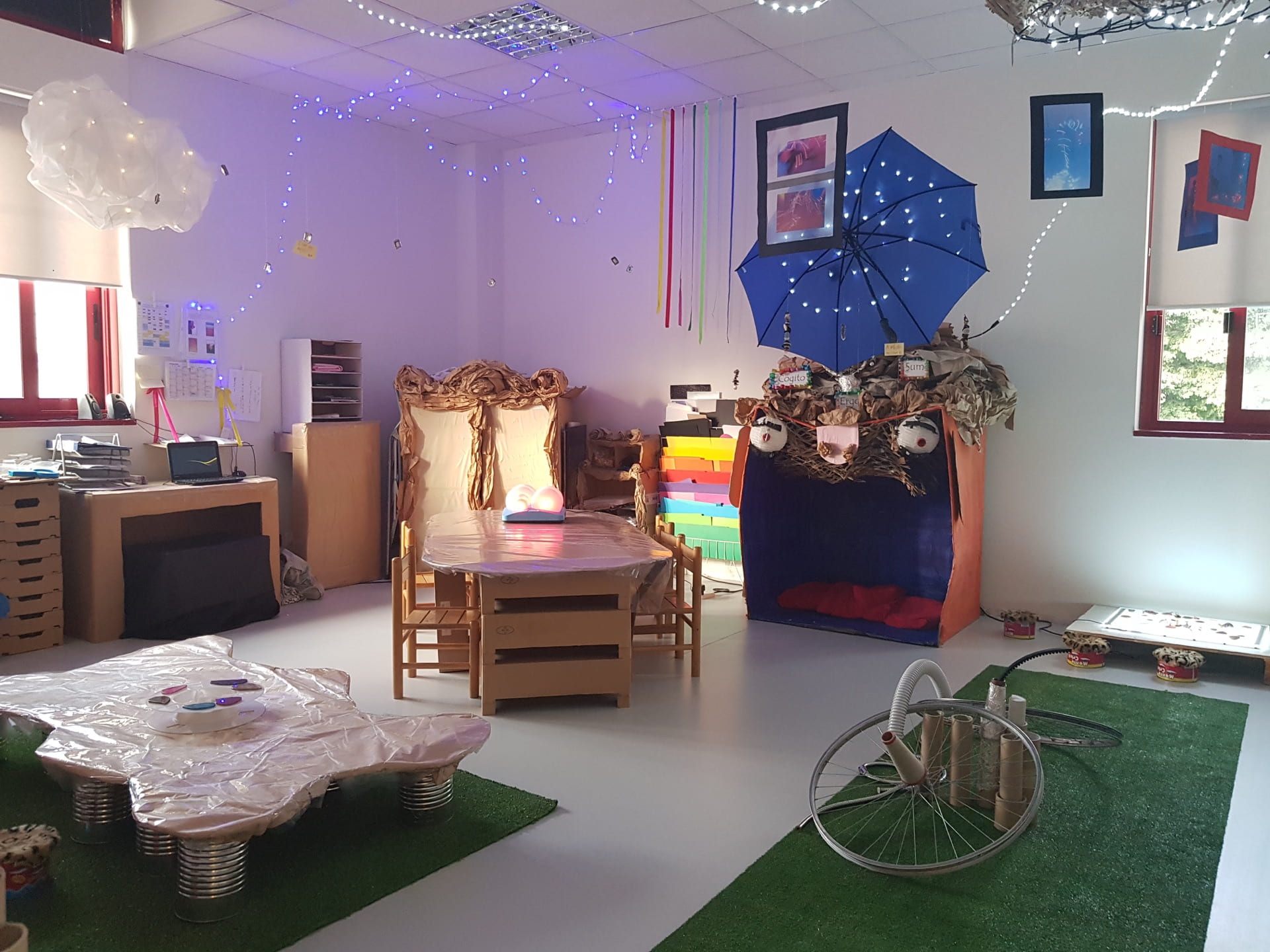
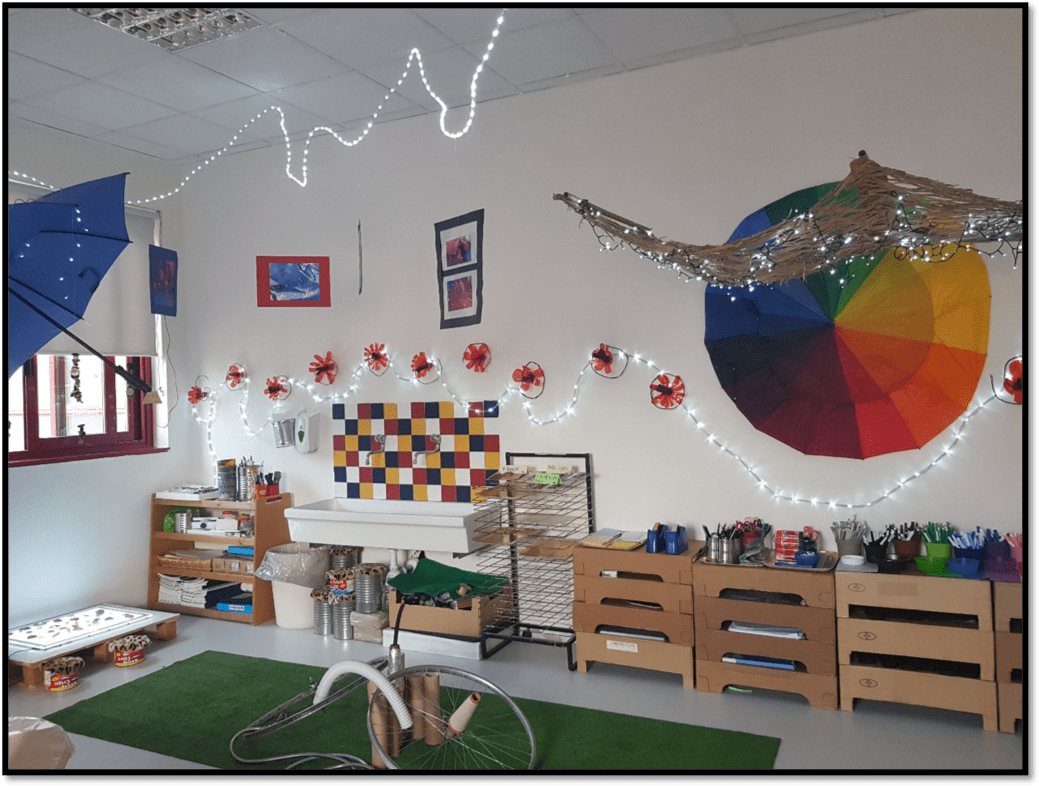
About the Author
Holly Warren currently works as an atelierista in an International school in Milan, Italy and holds an Honours degree in Fine Art from the University of Hertfordshire. Holly does research in Visual Arts, Creativity, Teacher Education and Primary Education. Holly is inspired by Loris Malaguzzi, striving to empower children’s creativity in the early years and celebrating their ancestral creative drive. She coordinates and curates art exhibitions held at the school.
Interested in Reading More?
To read more posts on the Think Tank, go visit Holly’s personal blog at hbfwarren.blogspot.com.
